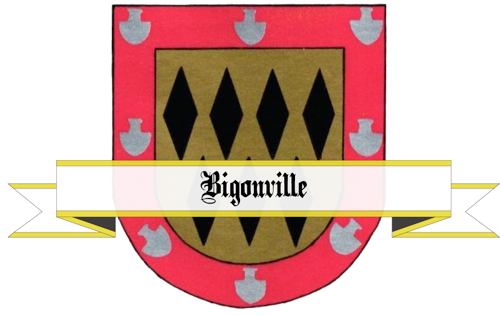Chapter XXI: Artillery And Armored Units In The ETO
The 578th Field Artillery, moving south and west from Burg Reuland with the 559th Battalion in Groupment Buckley, reached Mierchamps, west of Bastogne, on 20 December. There the 402d Group resumed control and the groupment was disbanded. The battalion moved into several positions where it expected to be able to fire, but orders kept it moving. Along the way, the 578th gathered and attached a miscellany of troops: a battery of the 740th Field Artillery's 8-inch howitzers, a platoon of antiaircraft troops, fifty enlisted men from the 740th Field Artillery acting as infantry, and a battery of 105-mm. howitzers. All of these were white troops. On the 21st the battalion reached the Forê du Luchy where, operating directly under VIII Corps Artillery control, it was instructed to reconnoiter and occupy a position near Flohimont so that it could fire to cover any withdrawal from Bastogne which the 101st Airborne Division might be directed to make. The 578th was convinced that now its retrograde movement would cease and the battalion could make a stand. "All concerned," the battalion commander reported, "were more than anxious to dig in and fight." Despite the battalion's expectation, a new order came from VIII Corps Artillery at 1135, directing further movement to the rear. The VIII Corps Artillery, in its Matton location, was planning to move its 402d Group toward Arlon, 20 miles south of Bastogne, for attachment to III Corps Artillery now heading north with Third Army for the relief of Bastogne. The VIII Corps Artillery considered the situation too fluid on its own front to use its heavy artillery battalions profitably itself. The 578th was among the five battalions offered "on loan" to III Corps, to which the 402d Group was attached on 22 December.
The III Corps Artillery directed the 578th Battalion to take positions at Nagem. By midday of 23 December all batteries were in position. From Nagem the 578th Battalion fired in general support until 26 December when the battalion moved forward, continuing to support III Corps units through the 402d Group. On 29 December the battalion was attached to the I gad Field Artillery Group, and, later in the day, ordered to operate directly under III Corps Artillery, with batteries echeloning forward over icy and slippery roads to Neunhausen, where, on 31 December, the 578th was attached to the 203d Field Artillery Group. Despite its long marches since 16 December the battalion had expended 3,455 rounds of 8-inch howitzer ammunition, firing on all but four days for an average of 288 rounds per firing day. Inspection of captured targets and target areas enabled the battalion to evaluate the effectiveness of a large portion of its fire missions. A three-volley unobserved transfer into the village of Bigonville on 24 December resulted in destruction of much of the town. Fifty-two rounds fired on enemy traffic in and around Boulaide on Christmas Day without adjustment were observed to be 100 percent effective; subsequent visits to this target area verified the effectiveness of these fires. On the afternoon Of 27 December, battalion observers conducting fire in the Boulaide area immobilized two tanks, destroyed one vehicle, and scored direct hits on houses around which enemy movements had been observed. Freezing weather hampered the battalion, especially when moving to new positions; it used borrowed tanks to tow its prime movers and howitzers up steep and slippery hills.
The 578th Battalion continued in general support of III Corps, firing from Neunhausen, until 16 January. Its battalion commander, Colonel Buckley, left the unit on 8 January to assume command of the rehabilitated 3334 Field Artillery Group, now returning from Matton to resume its part in the Ardennes campaign. The battalion itself was attached to the 3334 Group on 26 January.. While in its Neunhausen positions, the battalion received an unusual mission-on 4 January it was ordered to destroy Berle, an enemy-held village. Precision adjustment with delay fuzes was begun and four buildings were demolished before darkness made further observation impossible. The next morning, destruction of the town continued. By late afternoon every structure in the village was demolished or severely damaged with the exception of one marked with a large red cross. Throughout the mission, the 578th's Observation Post No.1, from which fire on Berle was directed, was continuously under mortar and occasionally under Nebelzuerfer fire.
Source: United States Army in World War II, Special Studies: The Employment of Negro Troops by Ulysses Lee
